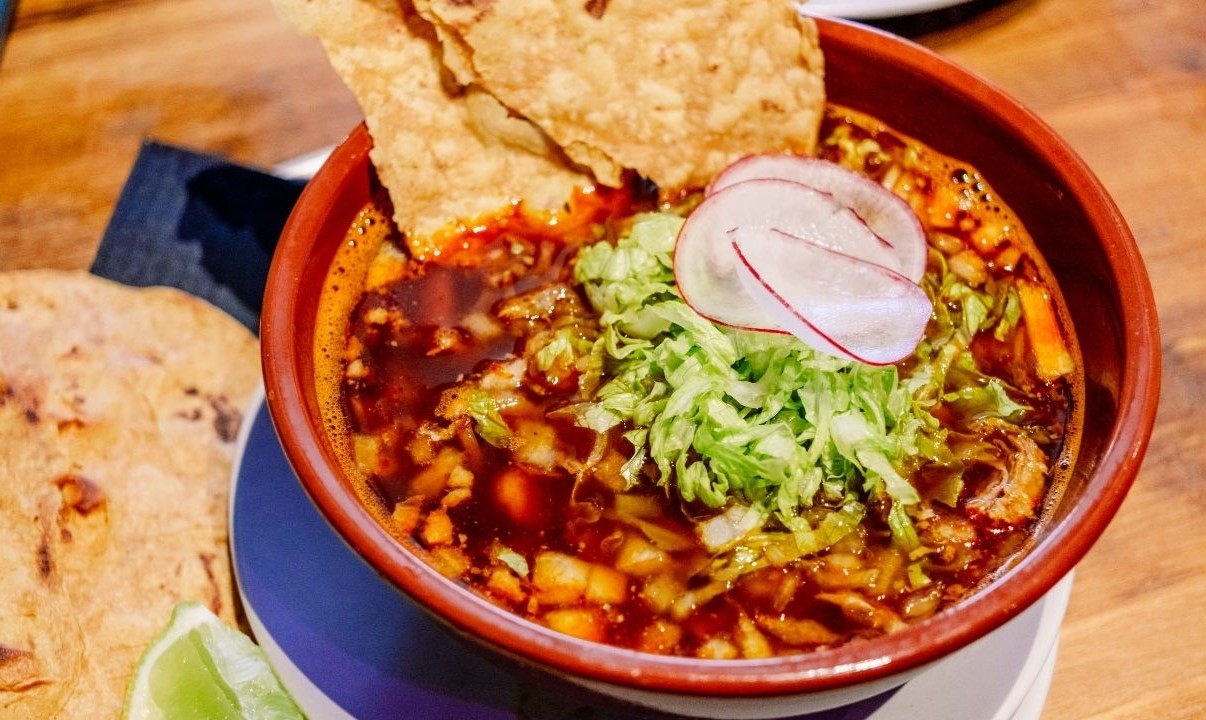The Fascinating Origins Of Mexico’s Beloved Pozole Stew

Have you ever wondered about the origins of pozole, Mexico's beloved stew? This hearty dish, brimming with hominy, meat, and spices, has a history as rich as its flavor. Pozole dates back to pre-Columbian times when it was a sacred meal for the Aztecs and other indigenous peoples. Originally, it was made for special occasions and religious ceremonies. Over centuries, the recipe evolved, incorporating new ingredients and regional twists. Today, pozole remains a staple in Mexican cuisine, enjoyed by families during celebrations and gatherings. Let's dive into the fascinating journey of this traditional stew and uncover its cultural significance.
The Ancient Beginnings of Pozole
Pozole, a traditional Mexican stew, has roots that stretch back centuries. This dish, rich in history and flavor, has evolved through time, reflecting the culture and traditions of Mexico. Let's explore some key places that have contributed to the story of pozole.
Tenochtitlán
- The Aztec capital, Tenochtitlán, played a significant role in the early history of pozole. The Aztecs prepared this stew for special occasions, using hominy and meat. It was a dish reserved for the gods and high-ranking officials.
Guerrero
- In the state of Guerrero, pozole blanco (white pozole) is a popular variation. This version uses pork and a clear broth, showcasing the region's unique take on the traditional recipe.
The Colonial Influence on Pozole
Spanish colonization brought new ingredients and cooking techniques to Mexico, which influenced many traditional dishes, including pozole. The fusion of indigenous and Spanish elements created the modern versions we enjoy today.
Puebla
- Puebla, known for its culinary heritage, added spices and herbs to pozole, enhancing its flavor profile. The introduction of pork by the Spanish replaced the original meat used by the Aztecs.
Jalisco
- Jalisco is famous for pozole rojo (red pozole), which includes red chilies, giving the stew its distinctive color and spicy kick. This version is a favorite during celebrations and holidays.
Regional Variations of Pozole
Different regions in Mexico have their own unique versions of pozole, each with distinct ingredients and preparation methods. These variations highlight the diversity of Mexican cuisine.
Michoacán
- Michoacán offers pozole verde (green pozole), made with tomatillos and green chilies. This variation has a tangy and vibrant flavor, reflecting the region's agricultural bounty.
Oaxaca
- In Oaxaca, pozole often includes local ingredients like avocado leaves and regional spices. This version is known for its rich, earthy taste and deep cultural significance.
Modern-Day Pozole Celebrations
Today, pozole is enjoyed across Mexico and beyond, often served during festivals, family gatherings, and special occasions. Its enduring popularity speaks to its delicious taste and cultural importance.
Mexico City
- In Mexico City, pozole is a staple at many restaurants and street food stalls. The capital's diverse population has embraced various regional styles, making it a melting pot of pozole traditions.
Los Angeles
- Los Angeles, with its large Mexican-American community, has become a hub for pozole in the United States. Many restaurants offer authentic versions, bringing a taste of Mexico to the heart of California.
Pozole's Rich History and Flavor
Pozole isn't just a dish; it's a taste of Mexico's history. This traditional stew has roots going back to ancient times, connecting modern diners with the Aztec and Spanish influences that shaped it. Whether you enjoy it with pork, chicken, or even vegetarian, each bowl tells a story of cultural fusion and culinary evolution. The hominy, spices, and toppings like radishes, lettuce, and lime make every bite a celebration of Mexican heritage. Next time you savor a bowl of pozole, remember you're partaking in a tradition that has been cherished for centuries. It's more than food; it's a culinary journey through time. So, gather your ingredients, invite friends and family, and enjoy this delicious and historic stew.

